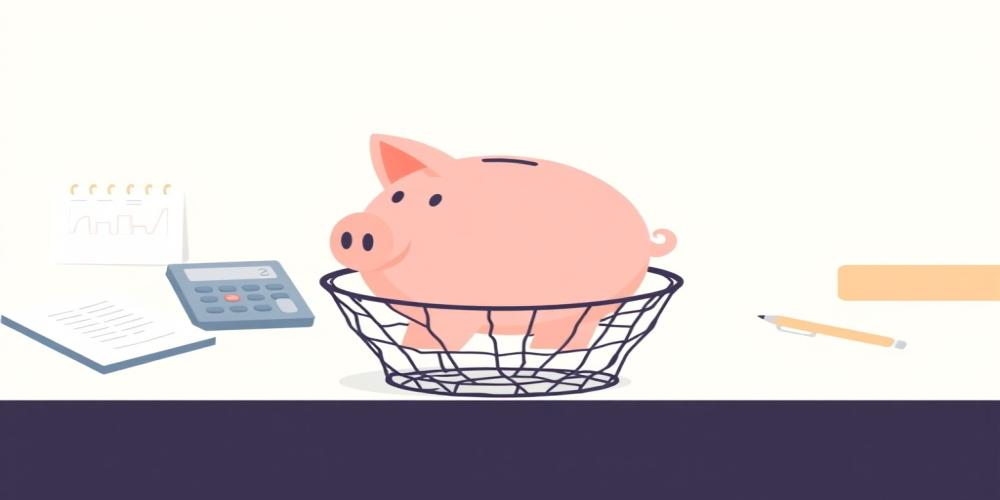How to Build an Emergency Fund from Scratch
Why You Need an Emergency Fund
Life is unpredictable. Unexpected expenses like medical emergencies, car repairs, or sudden job loss can derail your finances if you're not prepared. An emergency fund acts as a financial safety net, helping you cover these unplanned costs without relying on credit cards or loans. Building an emergency fund from scratch may seem daunting, but with discipline and a solid plan, it’s entirely achievable.
How Much Should You Save?
Financial experts typically recommend saving three to six months' worth of living expenses in your emergency fund. However, if you're just starting, even a smaller amount—like $1,000—can provide a cushion. The key is to begin small and gradually increase your savings over time.
Step 1: Set a Clear Goal
Start by calculating your monthly living expenses, including rent, utilities, groceries, transportation, and any debt payments. Multiply this amount by the number of months you’d like to cover (e.g., 3-6 months) to determine your target savings goal.
Step 2: Create a Budget
Review your income and expenses to identify areas where you can cut back. Allocate a portion of your monthly income—even if it’s just 5%—to your emergency fund. Automating this process through direct deposits or transfers can help you stay consistent.
Step 3: Choose the Right Account
Store your emergency fund in a separate, easily accessible account, like a high-yield savings account. This ensures your money grows with interest while remaining available when needed. Avoid tying it up in long-term investments or accounts with withdrawal penalties.
Step 4: Build Gradually
Don’t get discouraged if you can’t save your target amount immediately. Focus on making steady progress. For example, aim to save $500 first, then $1,000, and so on. Celebrate small milestones to stay motivated.
Step 5: Supplement Your Savings
Look for additional ways to boost your emergency fund, such as selling unused items, taking on side gigs, or redirecting windfalls like tax refunds or bonuses into your savings.
Maintaining Your Emergency Fund
Once you’ve built your emergency fund, resist the temptation to dip into it for non-emergencies. Replenish any withdrawals as soon as possible. Periodically review your savings goal to account for changes in your income or expenses.
Final Thoughts
Building an emergency fund is one of the most important steps toward financial stability. By starting small, staying consistent, and making smart choices, you’ll create a safety net that provides peace of mind no matter what life throws your way.










